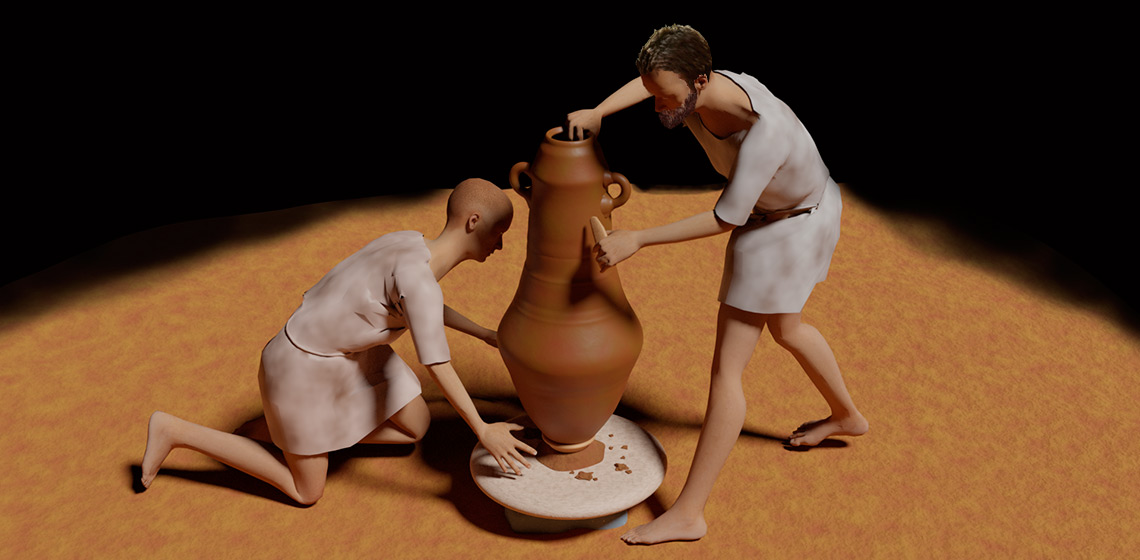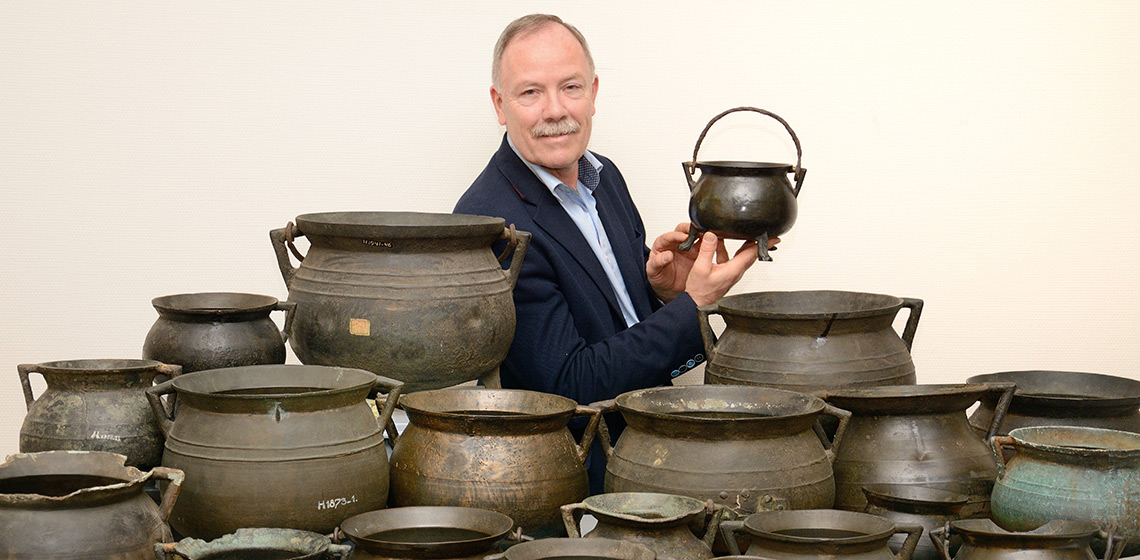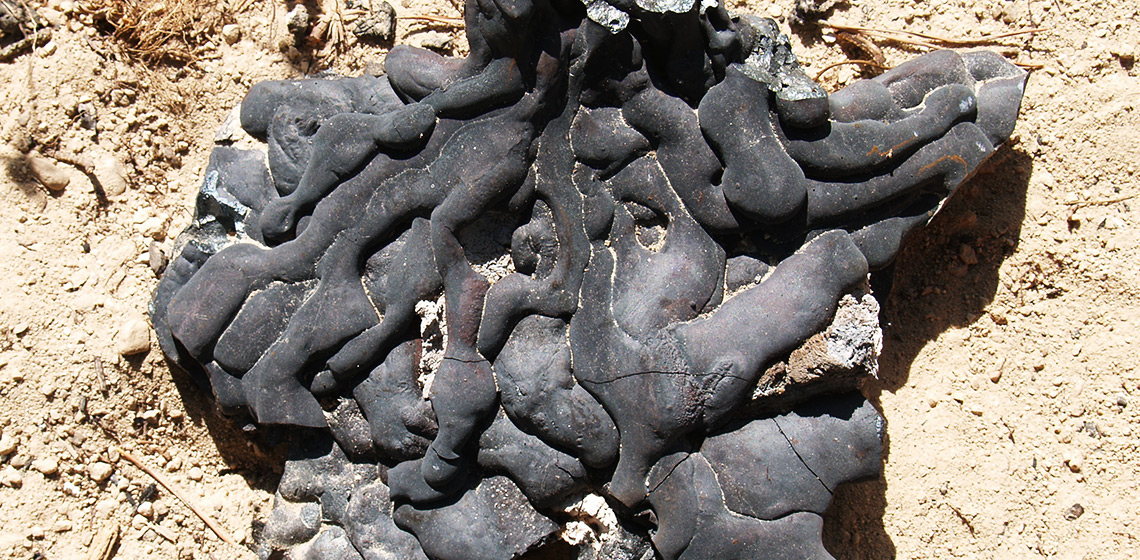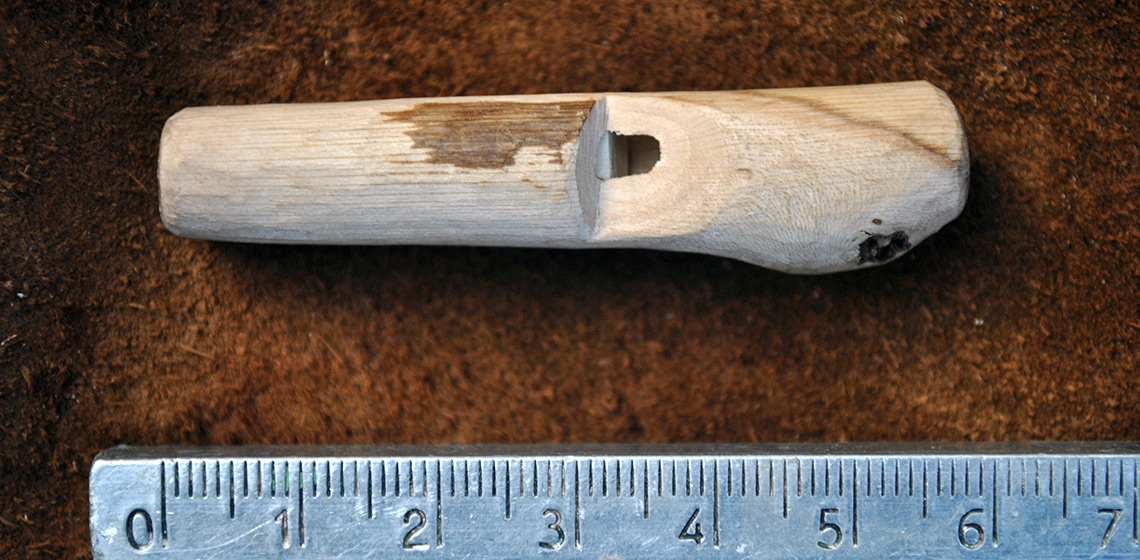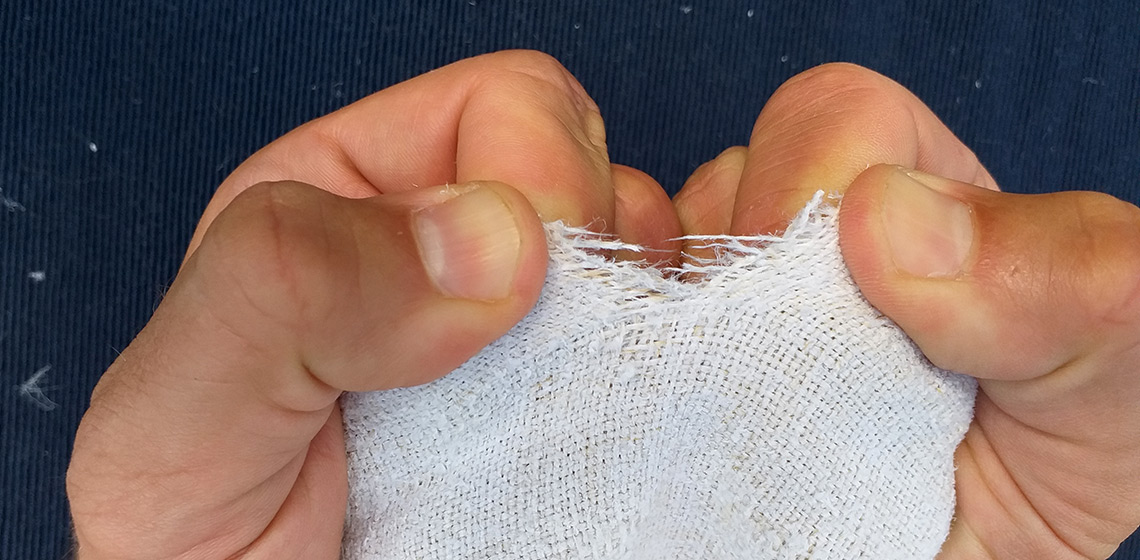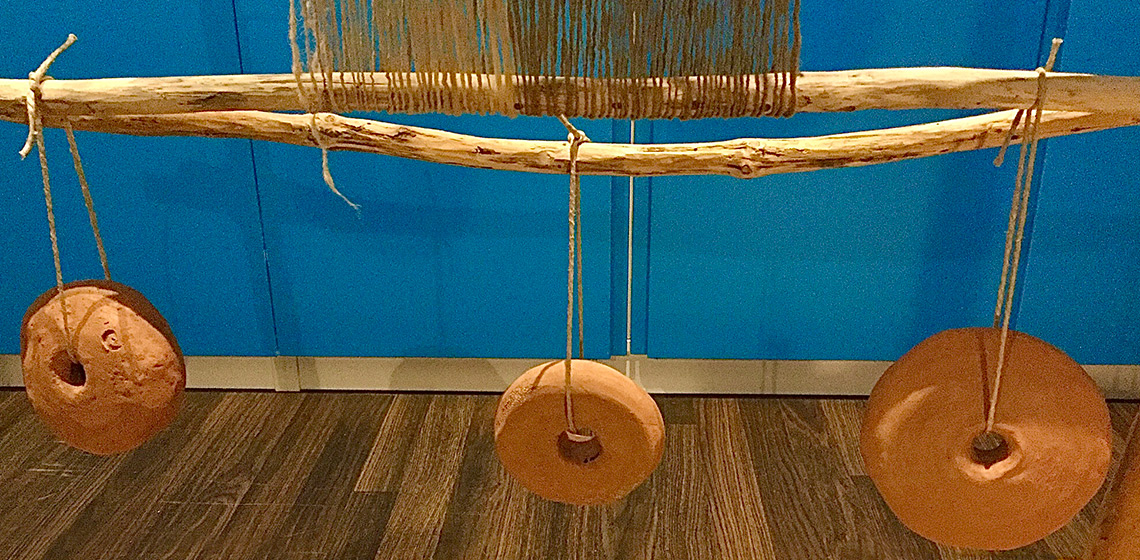Throwing Punic Amphorae: An Archaeological and Experimental Approach to the use of the Potter's Wheel in southern Iberia during the Iron Age
Publication Date
The transport of food products in amphorae was a basic pillar for the maritime-oriented economies and sustenance supplies of the Phoenician and Punic communities of first millennium BC southern Iberia. Over the last few decades, numerous investigations have been carried out aimed at identifying the manufacturing sites of these amphorae, at defining both their typological and chronological aspects...

